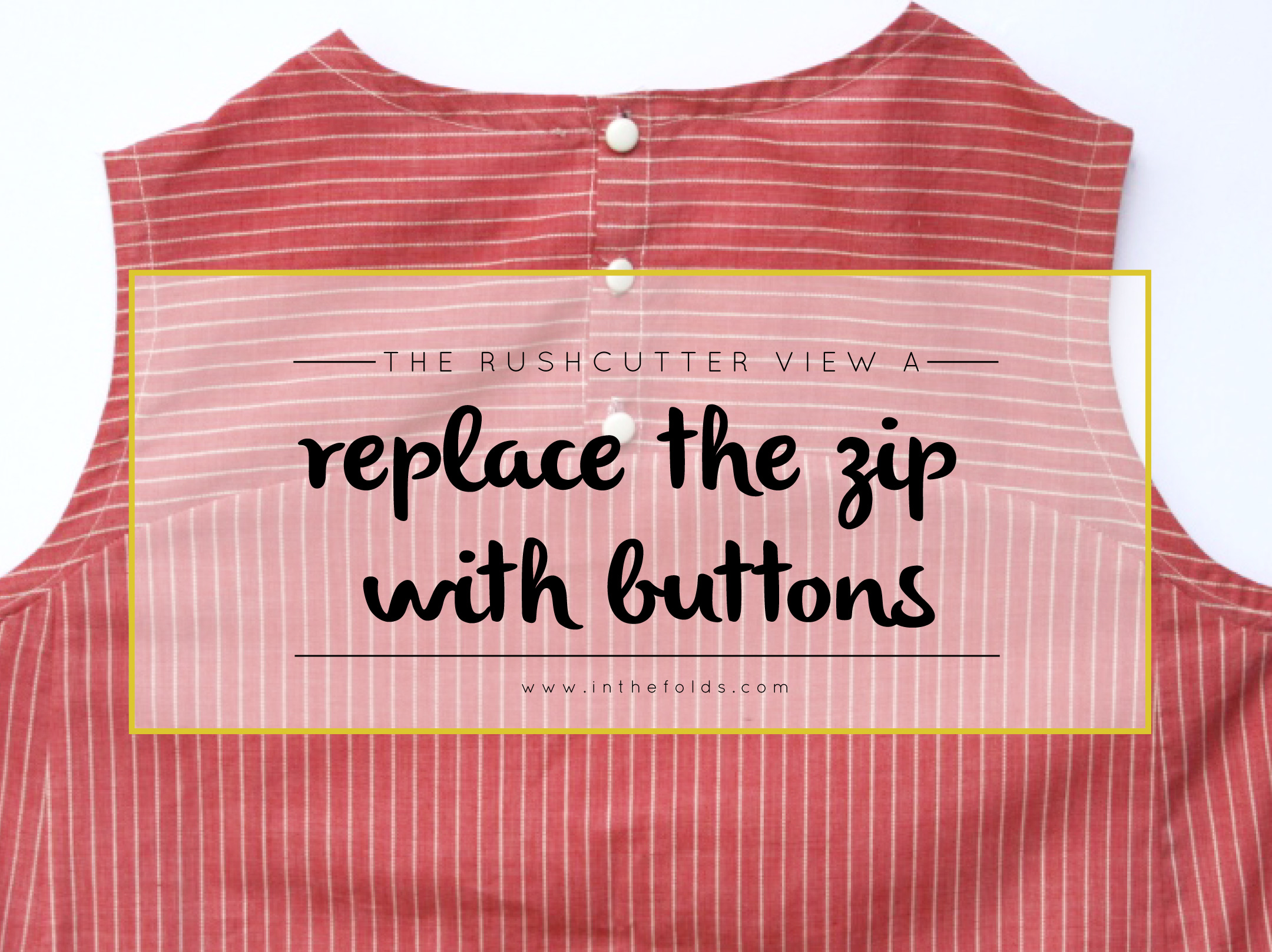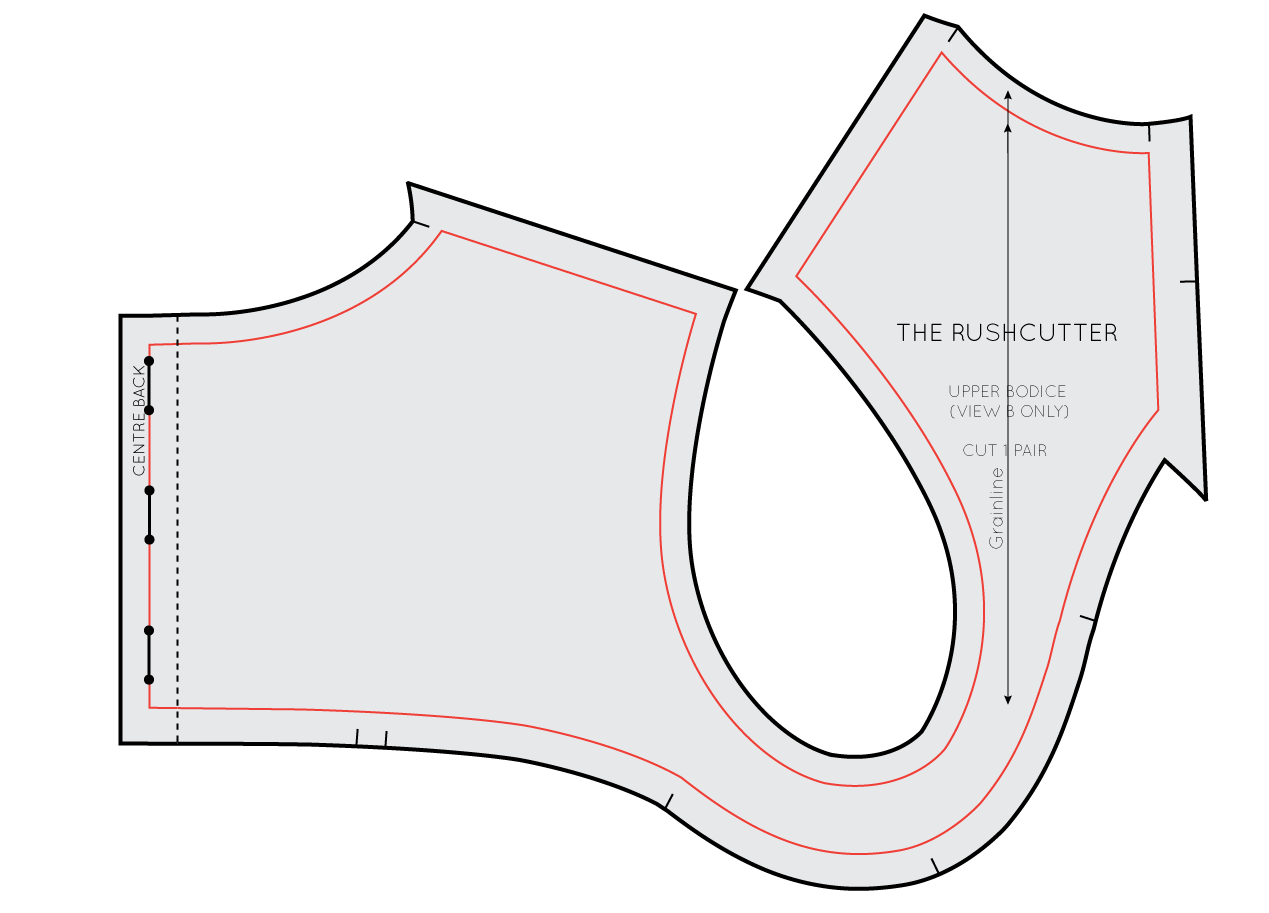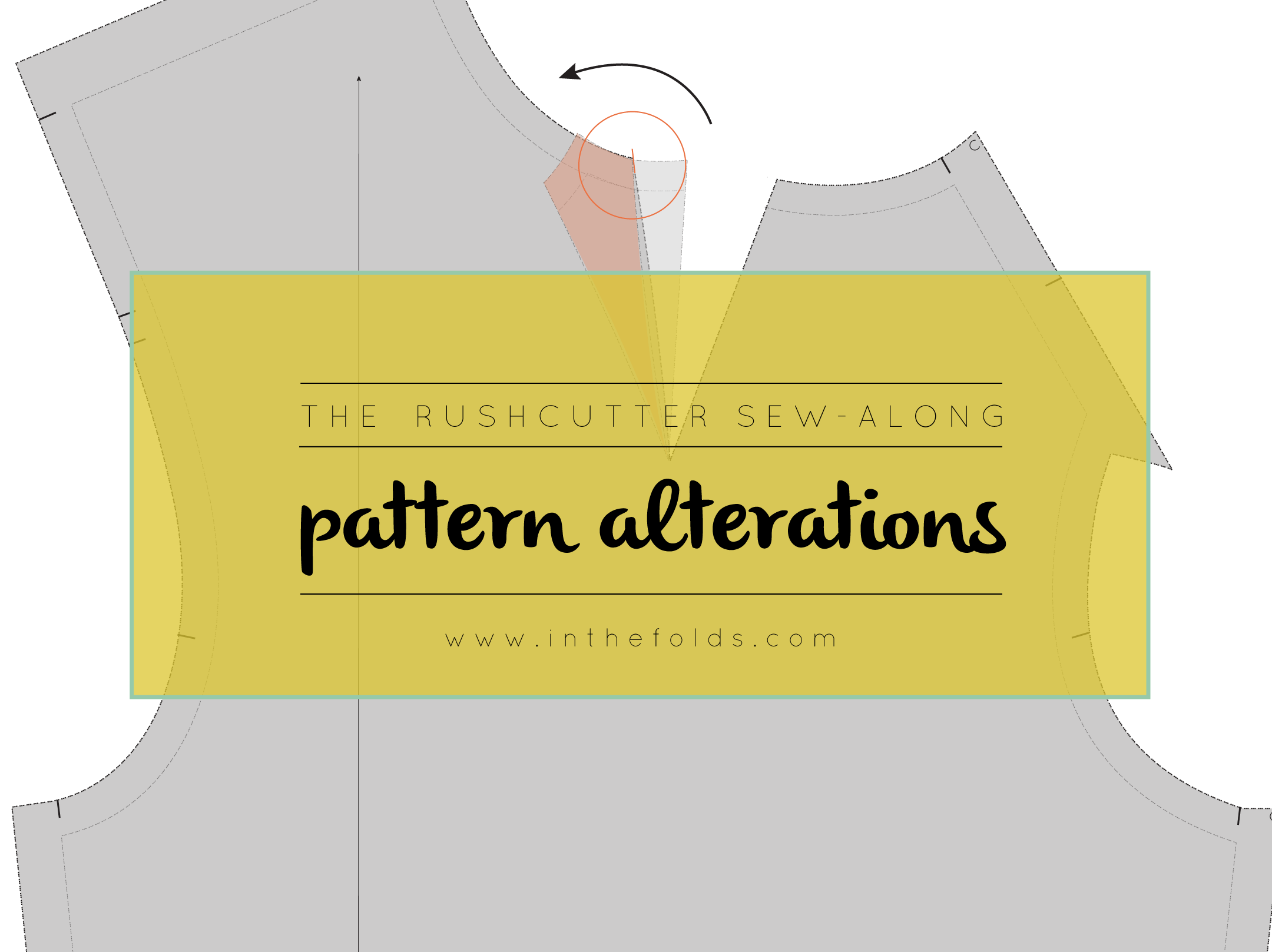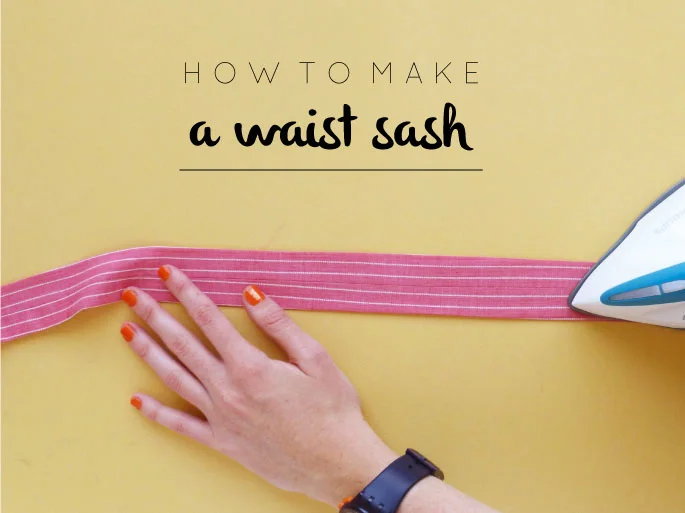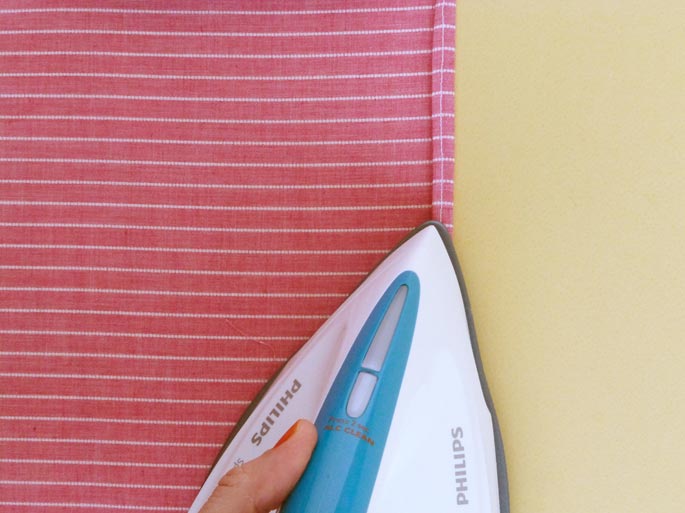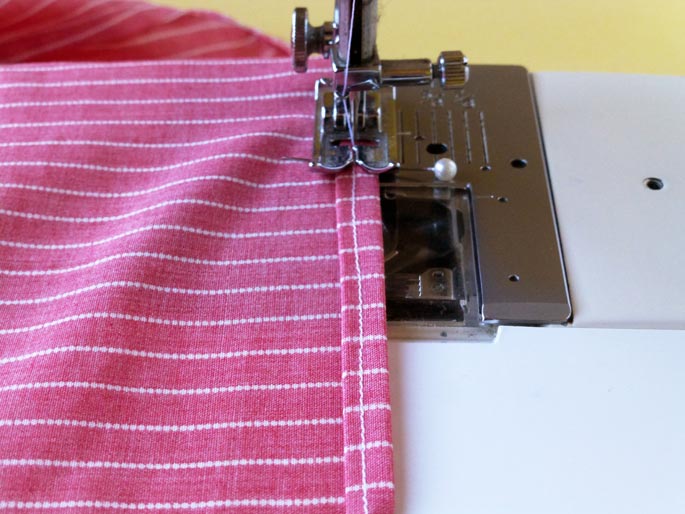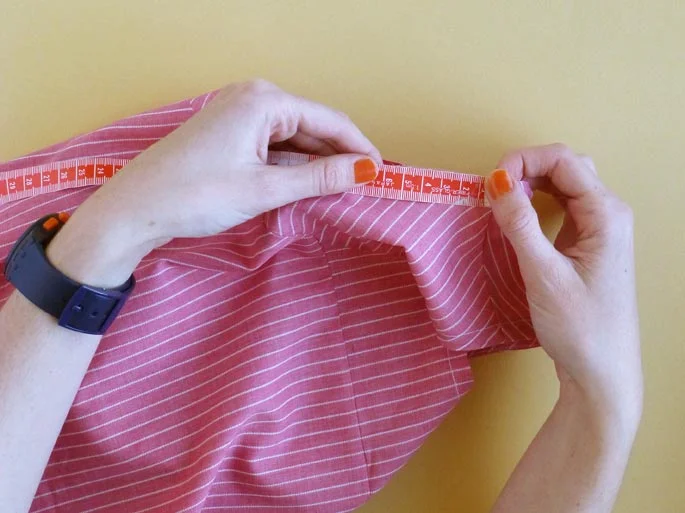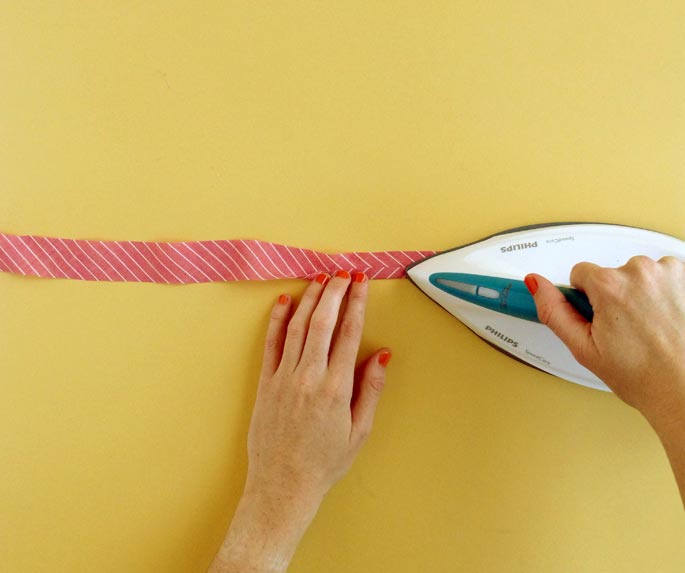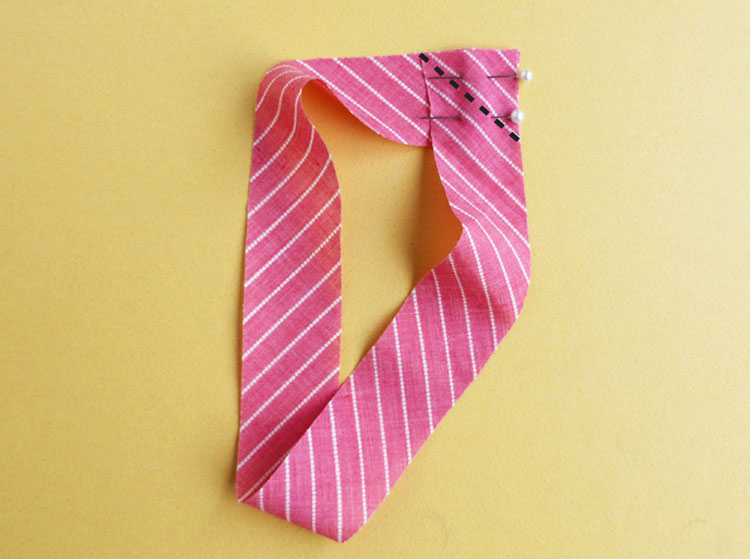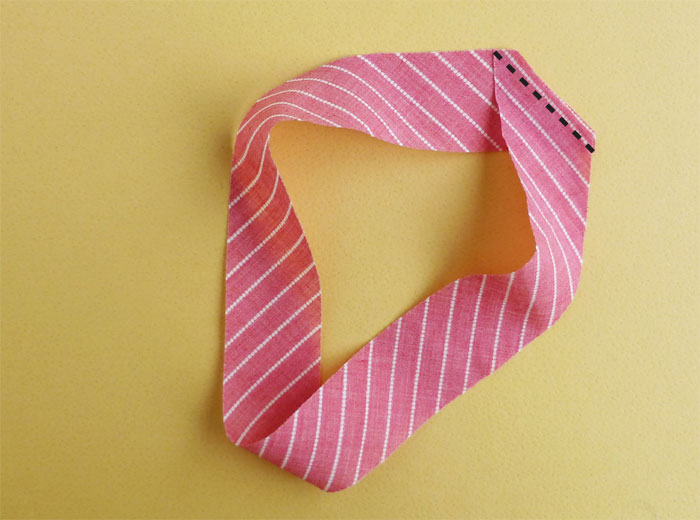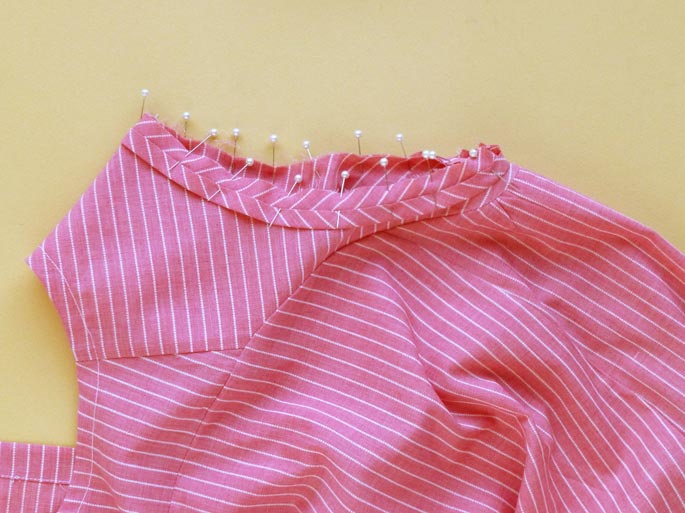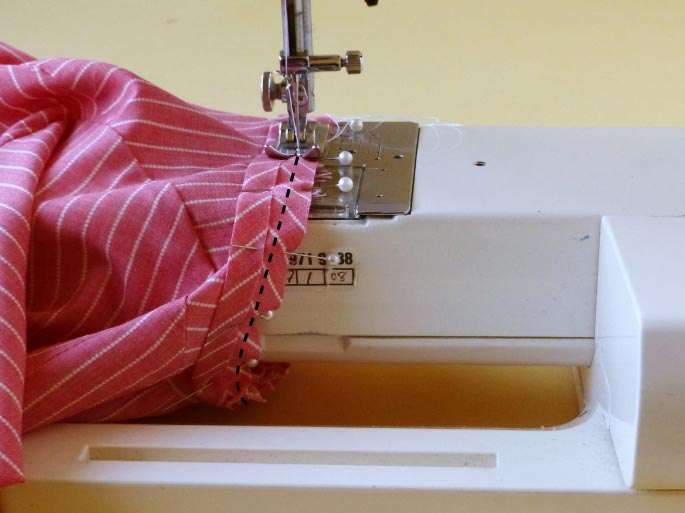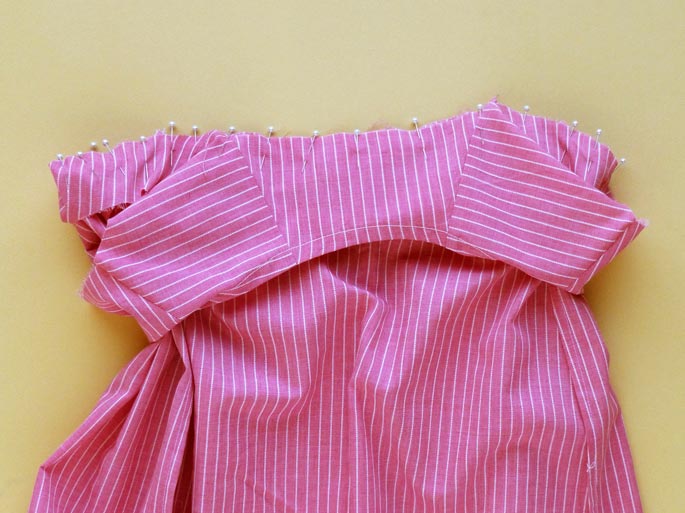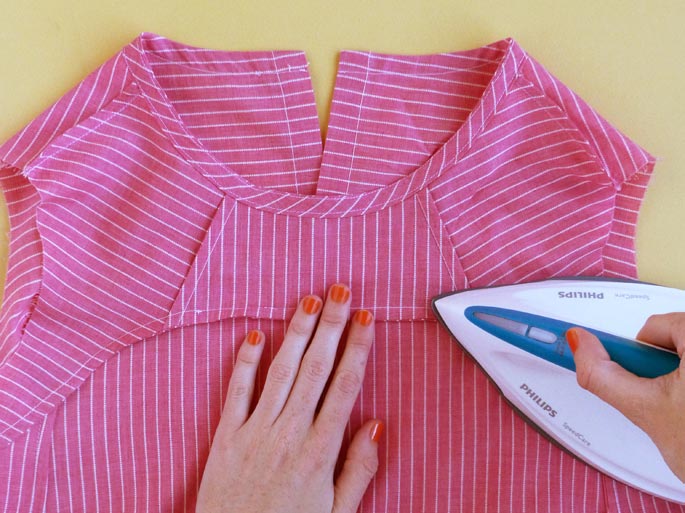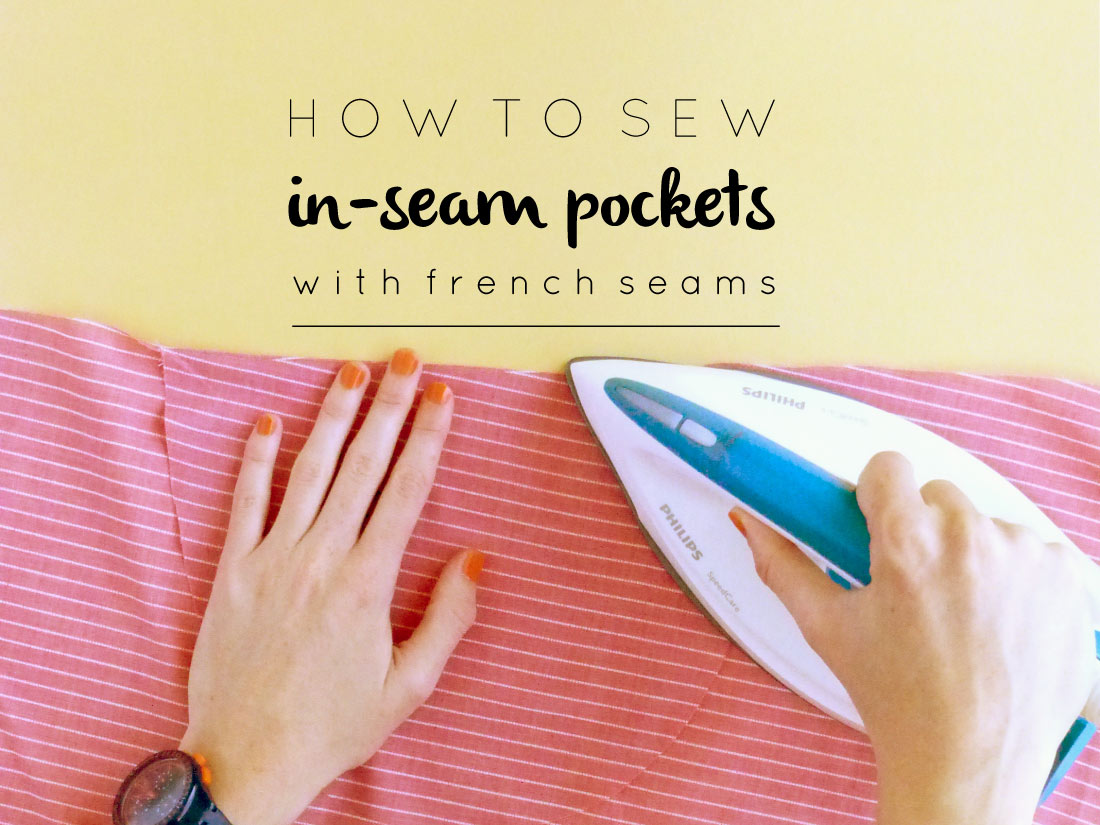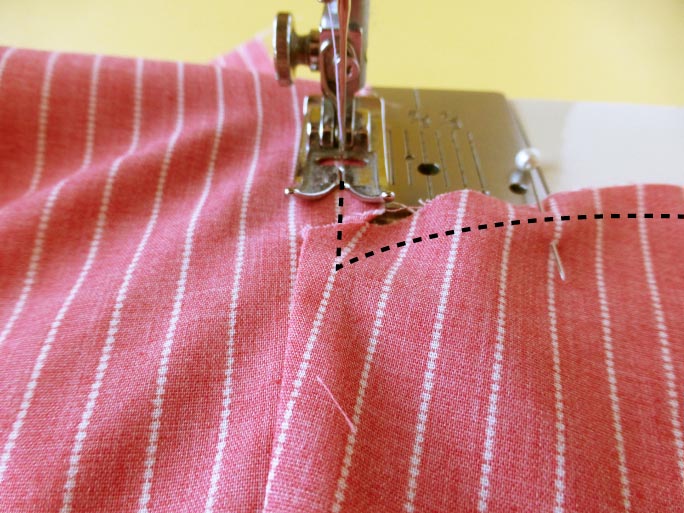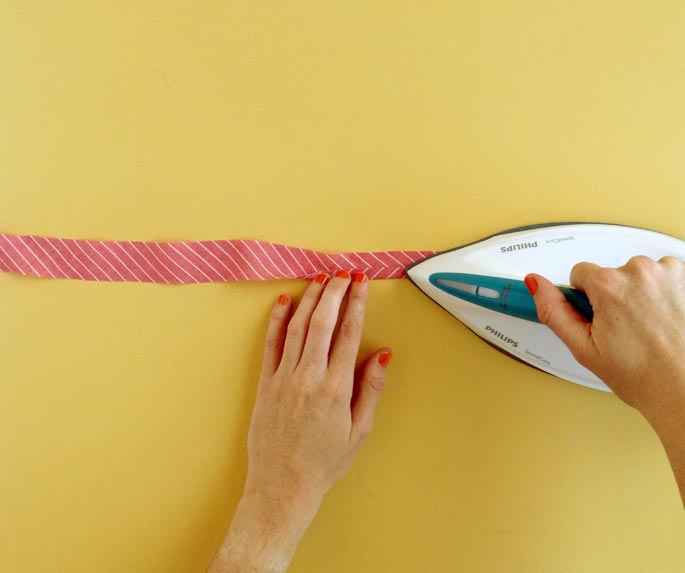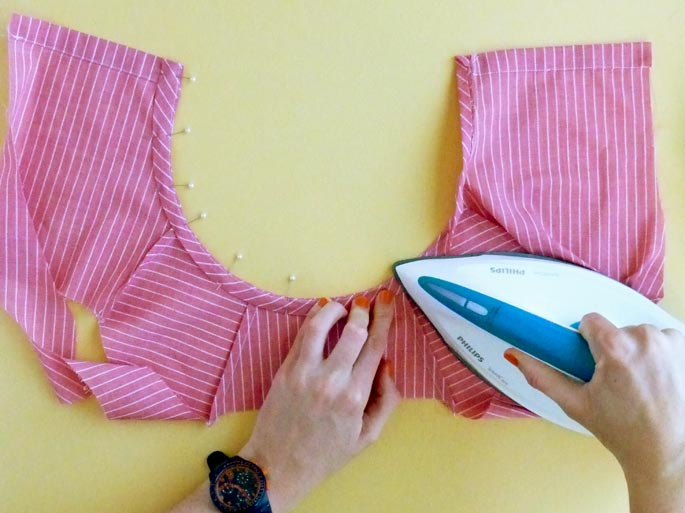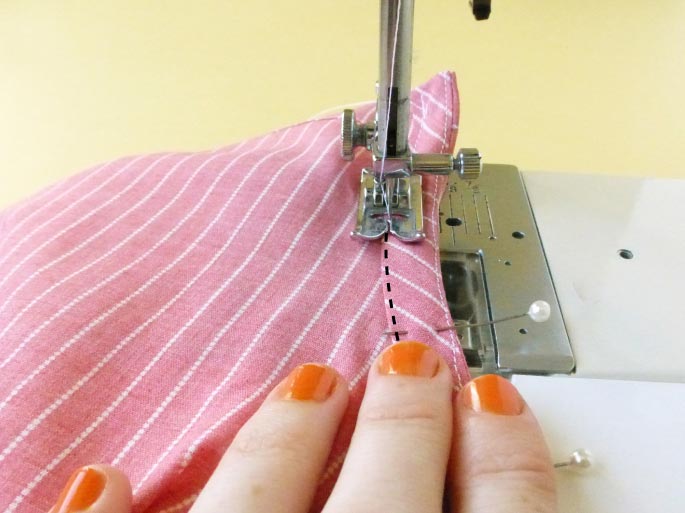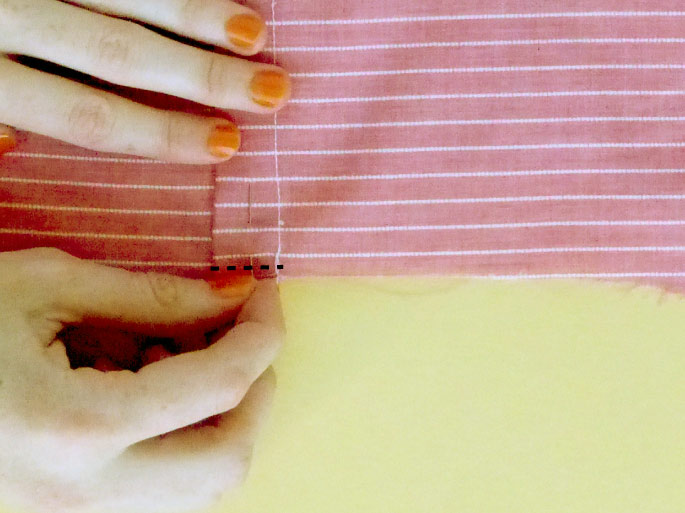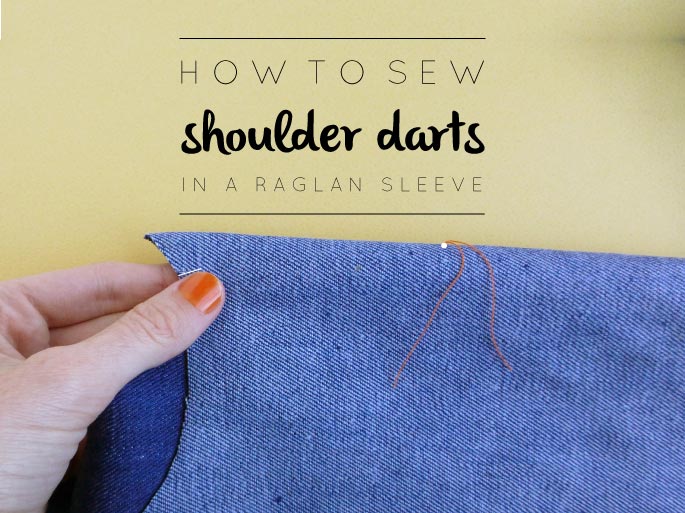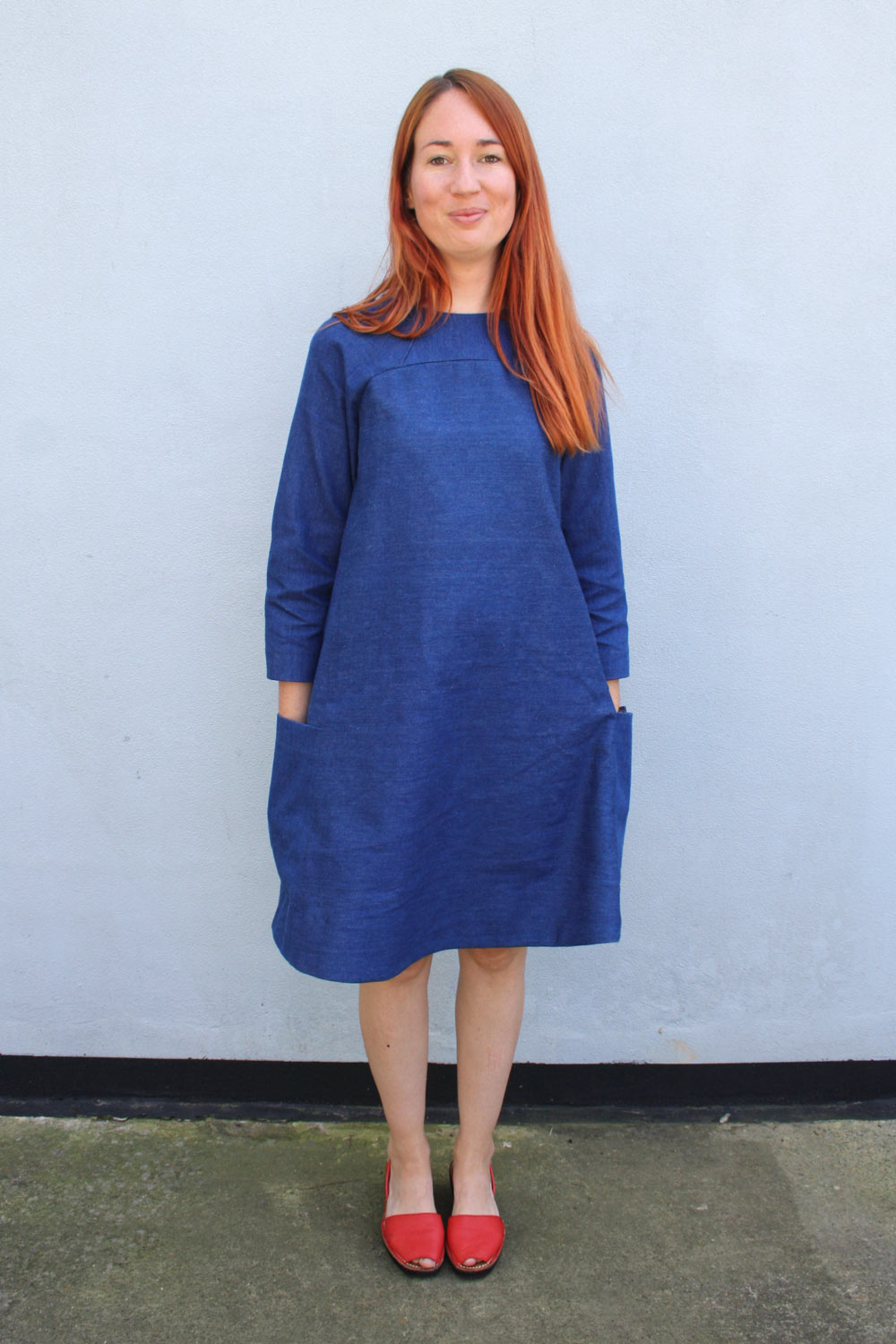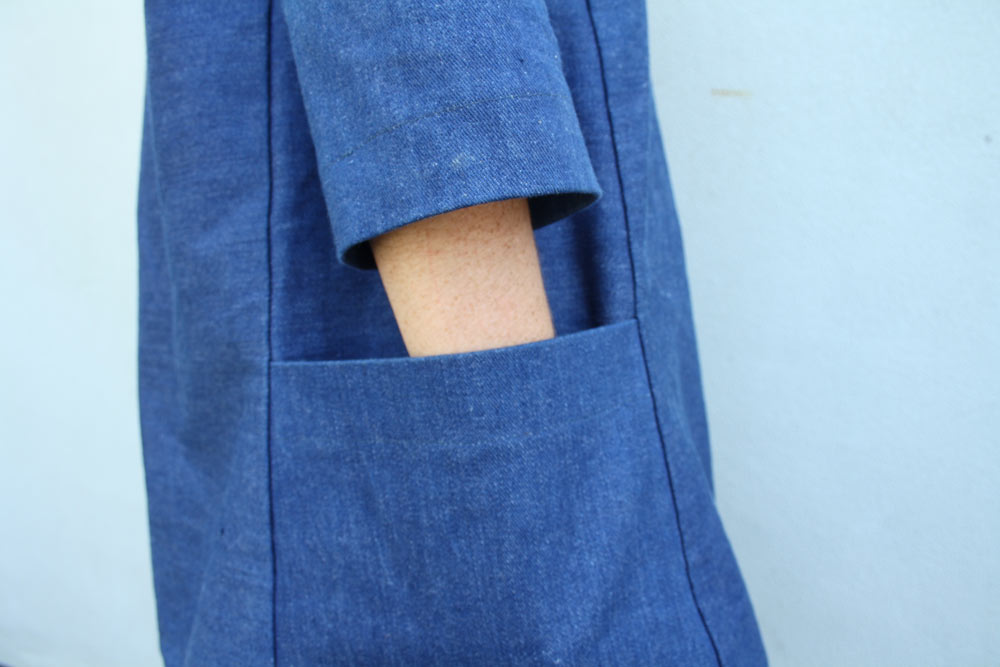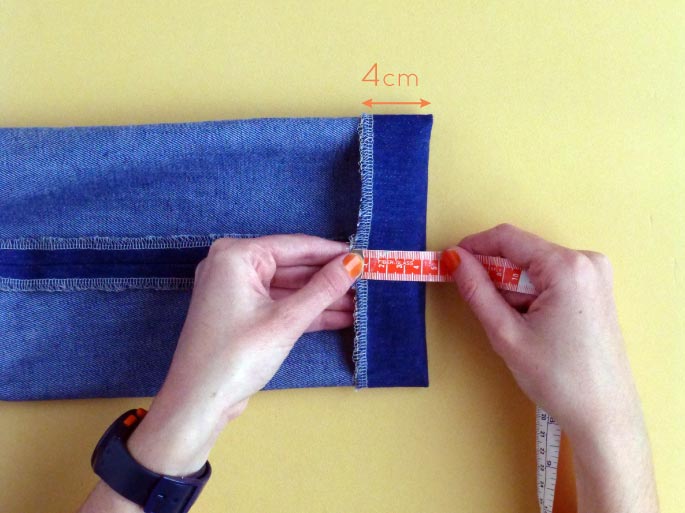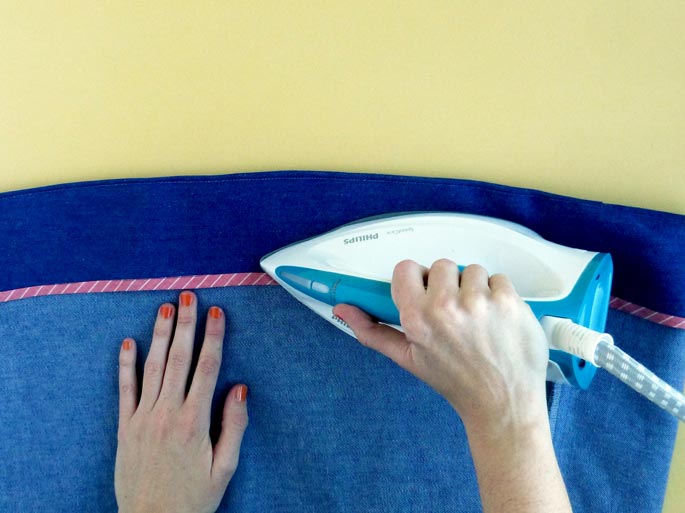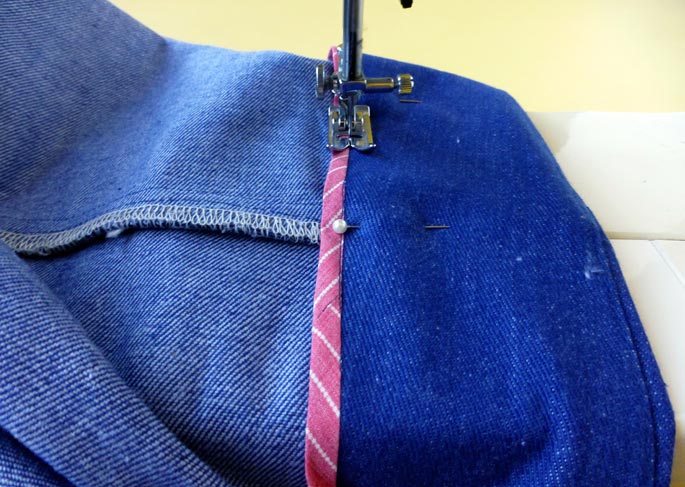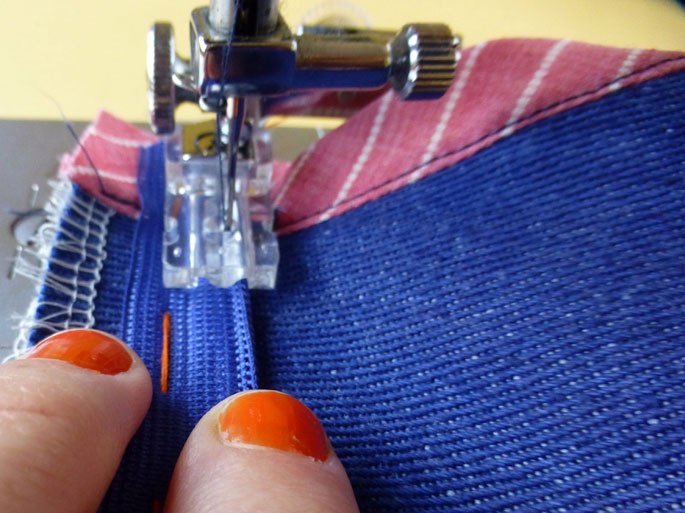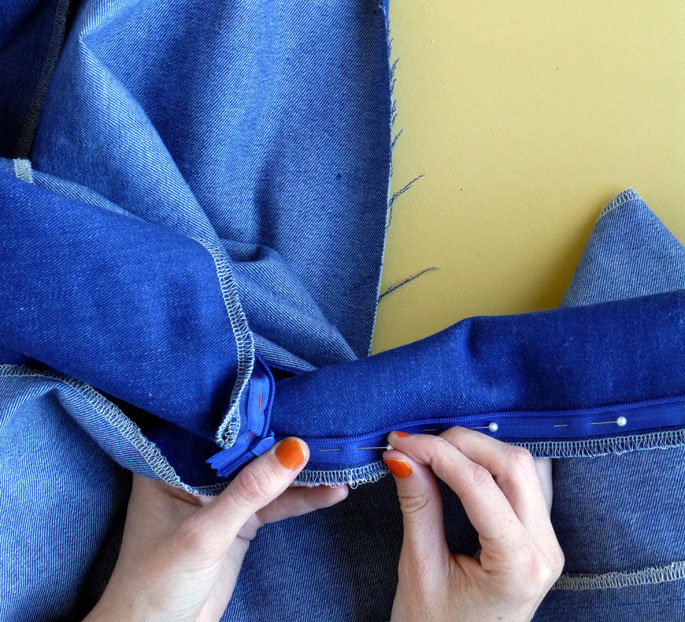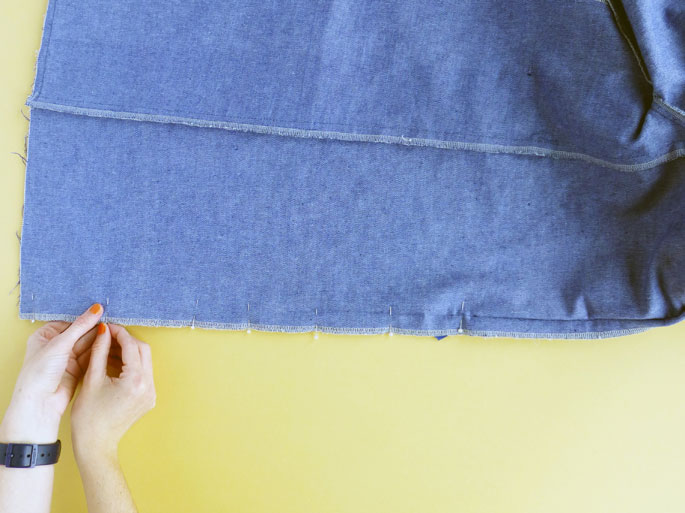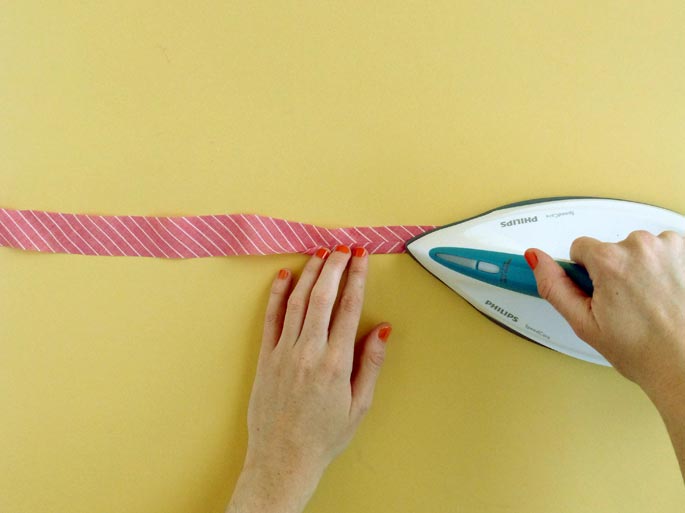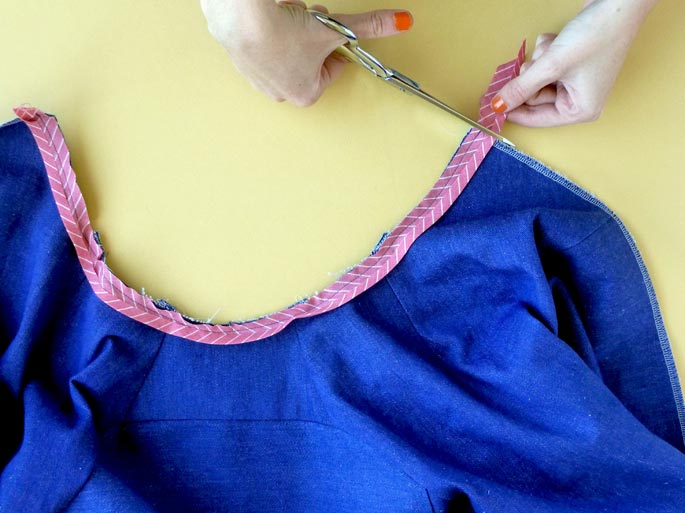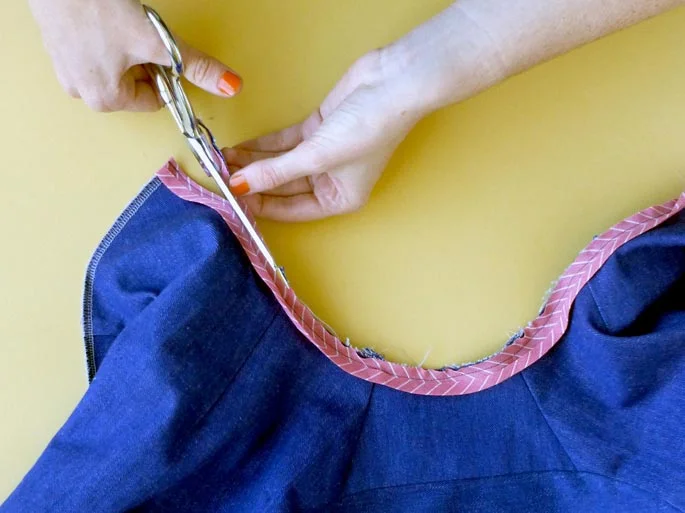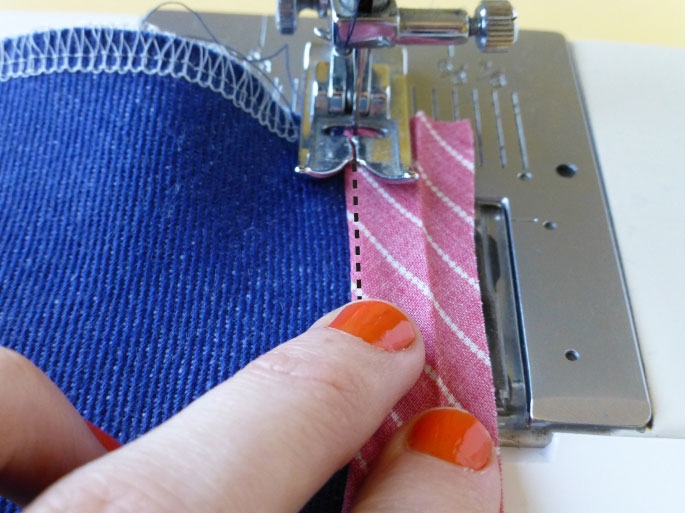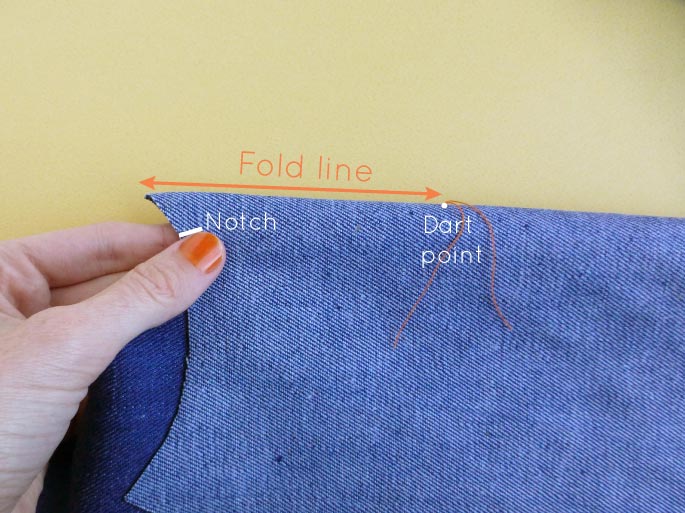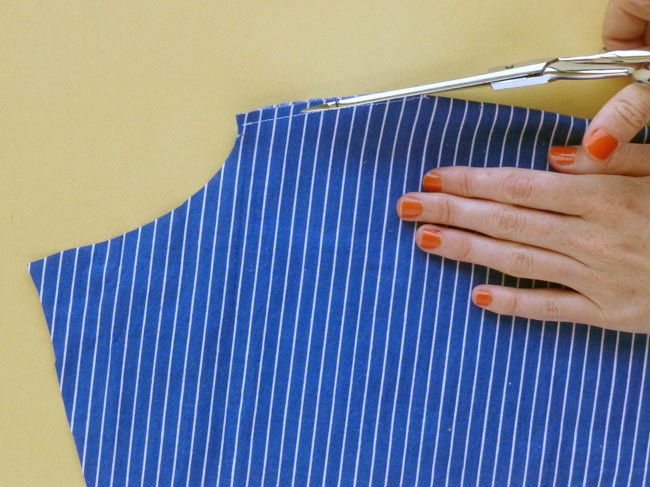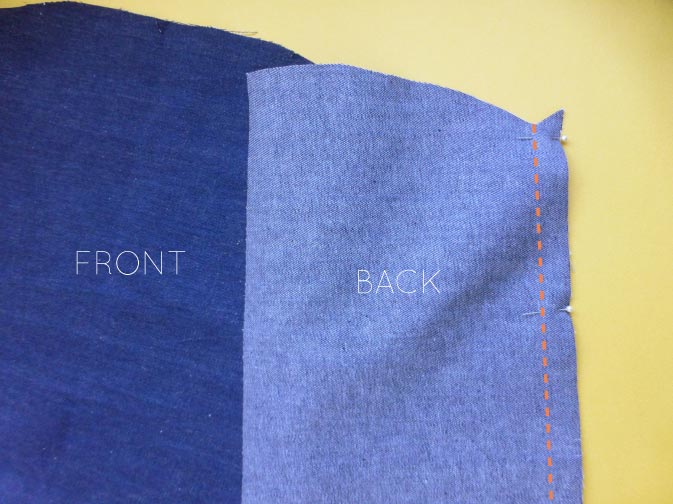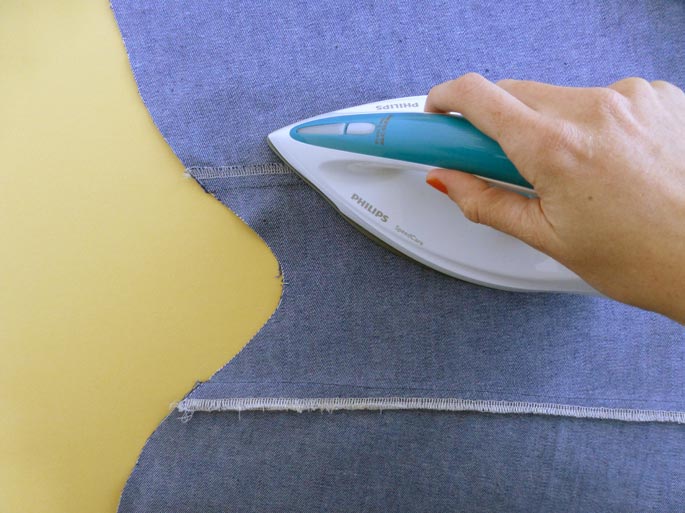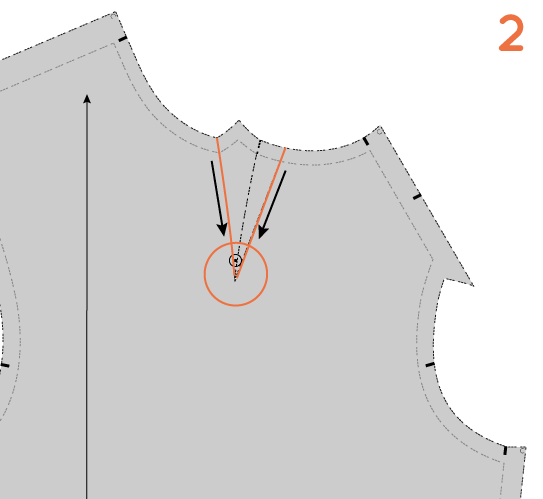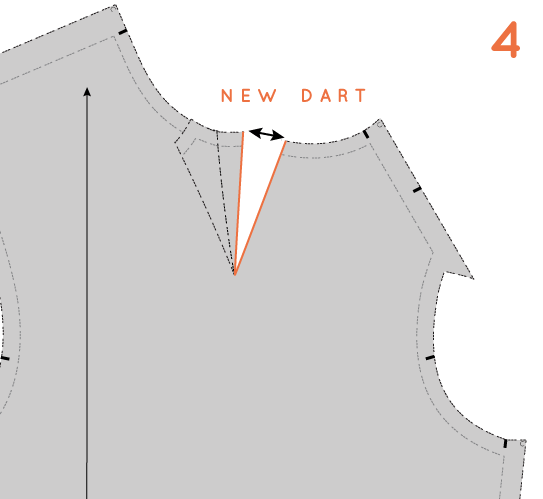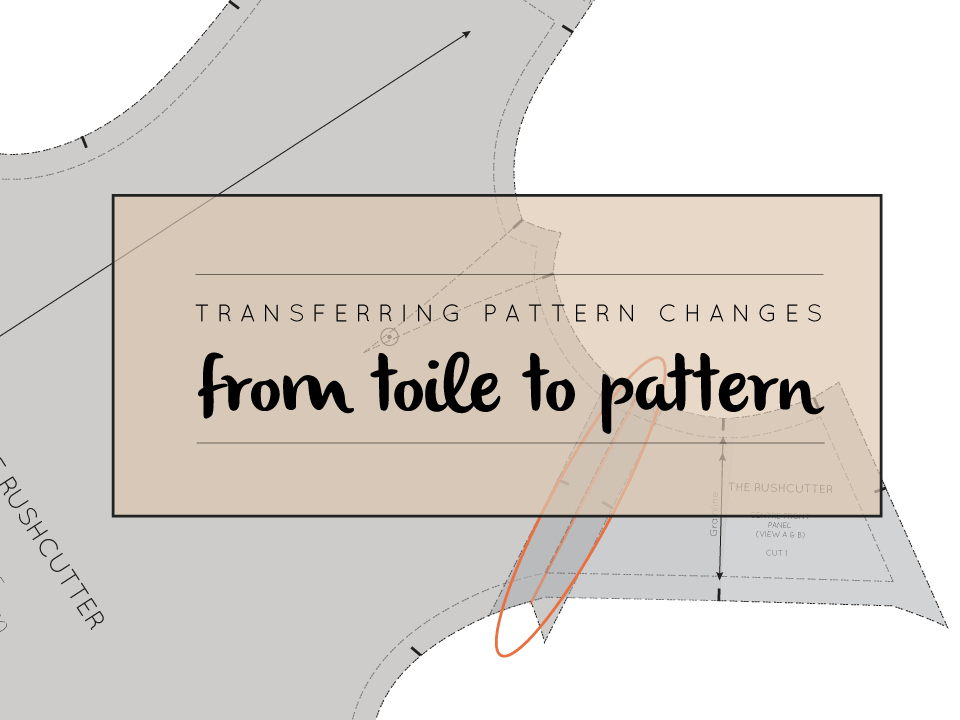When I decided to do a shoot for the release of the Acton dress, I thought it would be a good time to get some images of the Rushcutter too! So today I'd show some of them too, as you may have missed the updates to the product listing.
For View A I chose to use a beautiful mid-weight denim. Really, since I made my own denim Rushcutter, it's just hard to think about using anything else!
It really holds the shape beautifully - especially the pockets - and it shows all the details really well. And I knew it would work beautifully with my model's (Caz from Useful Box) lovely red hair. So that was just a no brainer!
For View B it was a little trickier. I wanted something summery, but also something that wouldn't overtake the details. Enter cotton stripe! I am really pleased with how this one turned out. I had lots of fun playing with the stripe direction and I think overall it works really well.
The only problem was that I din't realise how sheer it was until I got it home, which meant I had to omit the in-seam pockets and my model (my sis') had to wear a nude slip underneath. Lesson learned for next time!





















